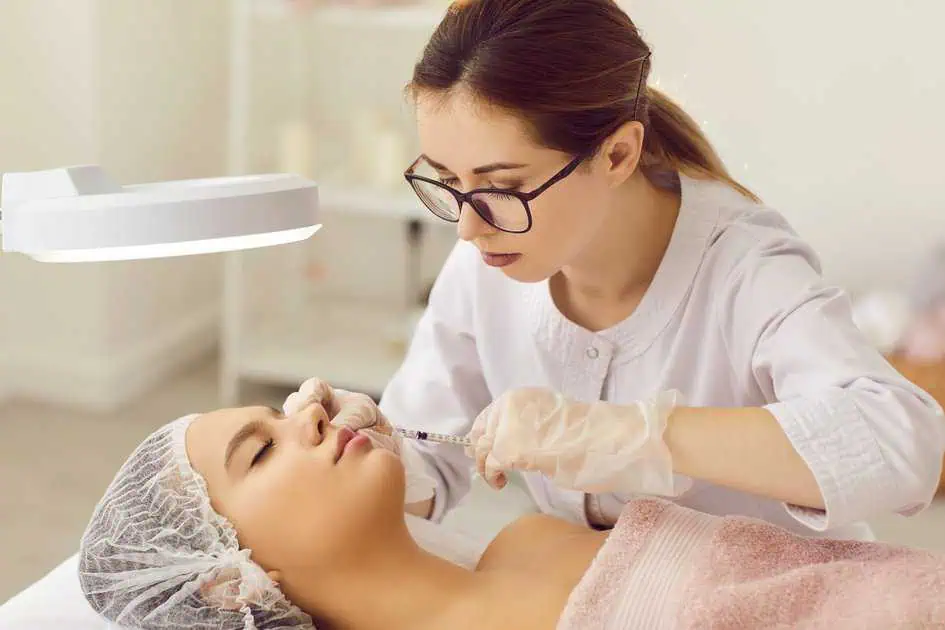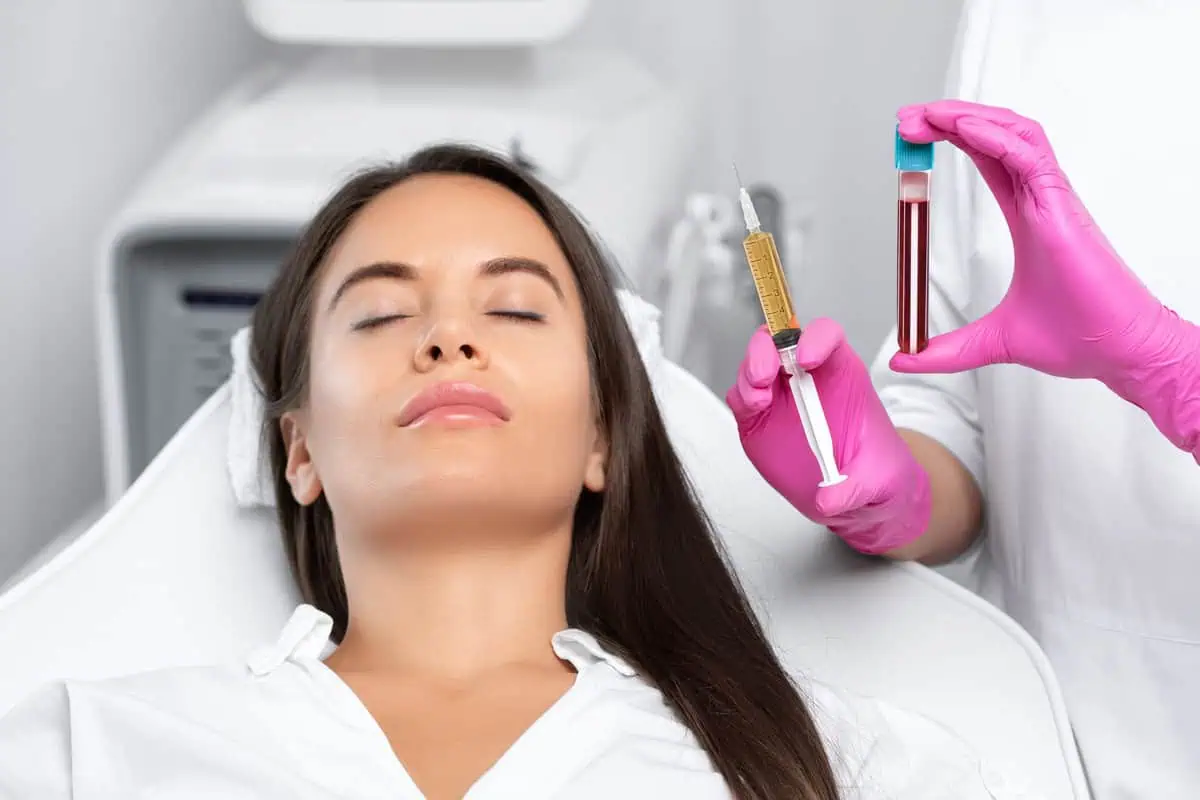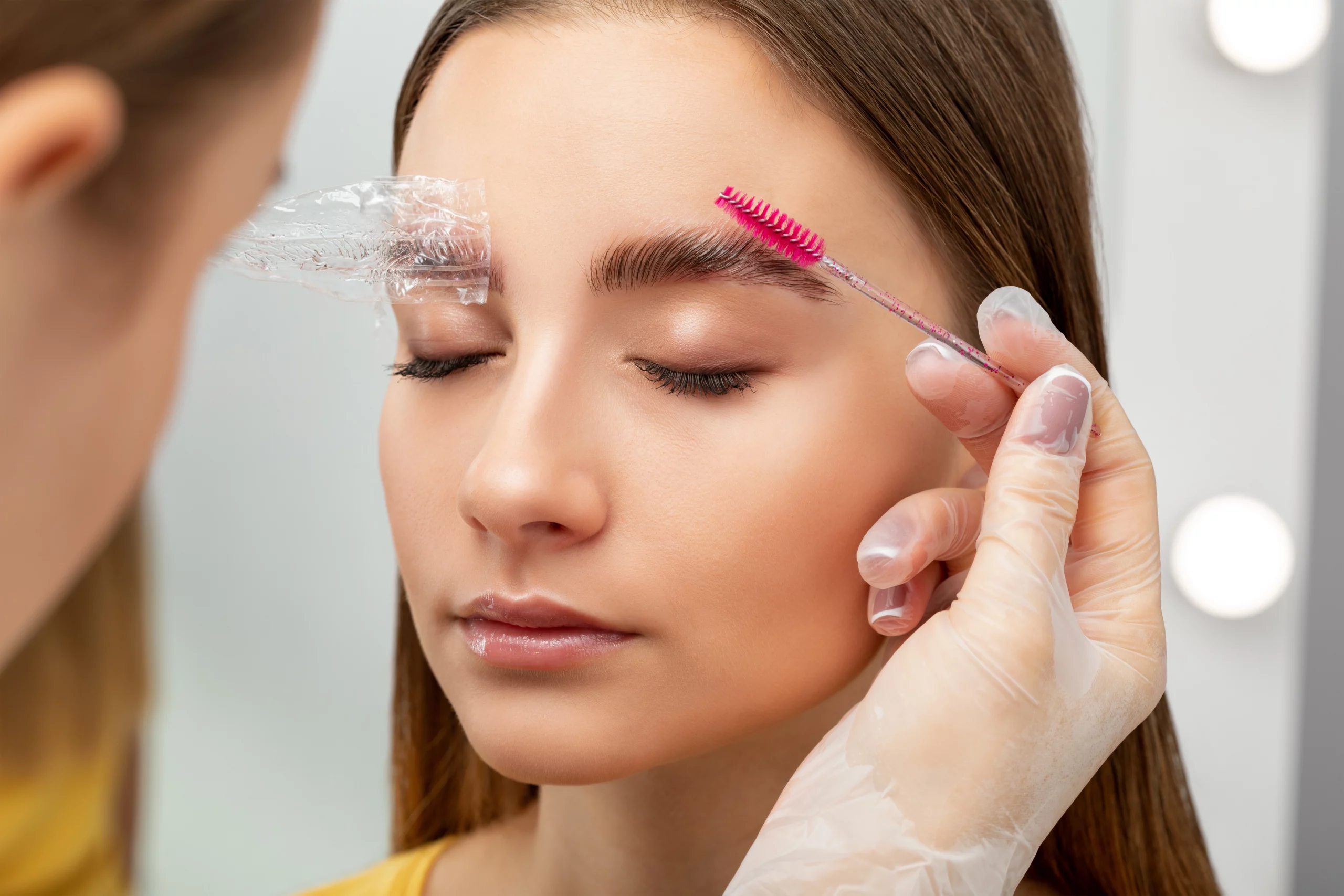Distinguishing between Cosmetic and Medical Dermatology Procedures, these two domains are crucial for anyone looking to understand or seek skin care treatments. The Derm Spa in Stansbury Park, UT, with its dedication to safe and proven dermatology and skincare treatments, emphasizes the importance of this knowledge. This article delves deeper into the key differences that set them apart.
Understanding the Core Objectives: A Deep Dive into Medical and Cosmetic Dermatology
Dermatology is a broad field encompassing both the medical and aesthetic aspects of skin care. Though they overlap in many areas, their core objectives stand distinct. Let’s break them down:
1. Medical Dermatology: The Problem Solver
- Disease Identification: Diagnoses skin, hair, and nail diseases. From common conditions like acne to rare disorders, medical dermatologists act as detectives to identify the problem.
- Treatment-Centric: Offers solutions to treat and manage these conditions. It can range from prescribing creams for eczema to suggesting lifestyle changes for rosacea.
- Prevention: Not only do they treat, but they also focus on preventing further issues. For instance, they advise on sun protection to reduce the risk of skin cancer.
2. Cosmetic Dermatology: The Beautifier
- Appearance Enhancement: Focuses on the aesthetic side of dermatology. It might involve recommending treatments that reduce the appearance of scars or other blemishes.
- Elective Treatments: Emphasizes elective treatments, meaning they’re chosen by patients primarily for aesthetic reasons. Examples include Botox injections for wrinkles or fillers for fuller lips.
- Tailored to Individual Desires: Understanding that beauty is subjective, cosmetic dermatologists tailor treatments to individual preferences, ensuring patient satisfaction.
While medical dermatology aims to restore and maintain skin health, cosmetic dermatology strives to elevate it, allowing individuals to enhance their natural beauty. Though distinct in their objectives, both fields play a pivotal role in the holistic care of our skin.
Deciphering the Procedural Differences Between Medical and Cosmetic Dermatology
Both medical and cosmetic dermatology serve the skin but employ distinct methods. Let’s navigate through the procedural differences that define these two branches:
1. Medical Dermatology: The Healing Hand
- Diagnostic Measures: Employs tools like biopsies and patch tests to determine the root causes of skin issues.
- Treatment Protocols: Utilizes techniques like mole excisions, cryotherapy for warts, or light therapy for specific conditions.
- Therapeutic Interventions: Prescribed topical creams, ointments, or systemic medications to address ailments ranging from psoriasis to severe acne.
2. Cosmetic Dermatology: The Artistic Touch
- Rejuvenation Procedures: Transforms skin through chemical peels, microdermabrasion, or laser treatments, targeting signs of aging or sun damage.
What Differentiates Cosmetic and Medical Dermatology Procedures?
Dermatology, the study and treatment of skin disorders, branches into two distinct fields: cosmetic and medical dermatology. While both aim to promote skin health, they cater to different aspects of care. Medical dermatology seeks to diagnose and treat skin conditions, ensuring overall skin function and health. On the other hand, cosmetic dermatology delves into the aesthetic enhancement of the skin, allowing individuals to improve their appearance.
- Wrinkle Warriors: Uses treatments such as Botox or dermal fillers to smooth out wrinkles and bring youthful vibrancy back to the skin.
- Sculpting and Refining: Offers surgeries like liposuction or non-surgical treatments to contour and redefine the face and body.
Ultimately, while medical dermatology zeros in on diagnosing, treating, and managing skin conditions, cosmetic dermatology focuses on enhancing and refining the skin’s appearance. Each has its procedures designed to ensure our skin remains at its best.
Navigating Patient Expectations and Results in Medical and Cosmetic Dermatology
The outcomes we expect from dermatological procedures stem from our motivations for seeking them out. Understanding the contrast between medical and cosmetic dermatology in this aspect is vital. Here’s what patients can anticipate:
1. Medical Dermatology: The Health Enhancer
- Targeted Solutions: Offers direct interventions for specific skin concerns, ensuring patients feel relief and see improvements.
- Long-Term Vision: Emphasizes the sustained management of conditions, encouraging patients to look at the bigger picture for enduring skin health.
- Educative Approach: Equips patients with knowledge about their conditions, fostering a deeper understanding and guiding them toward optimal self-care.
2. Cosmetic Dermatology: The Aesthetic Elevator
- Visible Transformations: Provides treatments that often yield immediate or short-term visible results, giving patients the desired rejuvenated look.
- Personalized Experience: Understands that aesthetic aspirations vary from person to person. Thus, it molds treatments to suit individual aesthetic goals, ensuring satisfaction.
- Maintenance Matters: Educates patients on post-procedure care and potential follow-up sessions to sustain or enhance results.
Medical dermatology prioritizes the skin’s health, function, and long-term well-being, while cosmetic dermatology thrives on meeting aesthetic aspirations and elevating personal appearance. Both branches, however, pivot around patient satisfaction and informed choices.
Unraveling Safety and Risks in Medical and Cosmetic Dermatology
Understanding potential safety concerns and risks is paramount when diving into any dermatological procedure. Both medical and cosmetic dermatology come with their set of considerations. Let’s explore them:
1. Medical Dermatology: The Safety Advocate
- Grounded in Necessity: Procedures often stem from medical requirements, making them vital for patient well-being.
- Potential Side Effects: While treatments aim for healing, they can sometimes lead to reactions from prescribed medications or interventions.
- Informed Decisions: Dermatologists actively communicate potential risks, ensuring patients make decisions with a complete understanding of the procedure’s implications.
2. Cosmetic Dermatology: The Beauty Enhancer with Caution
- Elective by Nature: Most procedures are chosen not out of necessity but desire. It emphasizes the need to weigh the benefits against potential complications.
- Understanding the Trade-offs: While aiming for aesthetic perfection, treatments can sometimes lead to temporary discomfort, swelling, or even longer-term complications.
- Empowerment through Knowledge: Cosmetic dermatologists prioritize patient education, ensuring individuals understand the rewards and risks before starting treatment.
Consult a Professional
In essence, while both branches strive for optimal results, they also emphasize the significance of patient awareness. Whether aiming to treat a medical condition or enhance your appearance, understanding the balance between safety and potential risks remains crucial. Take action for your skin today. Consult and seek treatment from a medical expert to find the best option based on individual needs and conditions.
Takeaway
Your journey to optimal skin health and beauty begins with informed decisions. The Derma Spa in Stansbury Park, UT, seamlessly blends skin health essentials with aesthetic artistry. Whether addressing a skin condition or enhancing your appearance, knowledge of procedures, risks, and benefits is paramount. Our seasoned team stands ready to guide you every step of the way. Take action for your skin today. Contact us and book an appointment to witness unparalleled expertise in dermatological care. Let us be your partner in the quest for radiant skin.







